|
I’m writing this recap (one and a half years later) of my first ever saltwater fly fishing trip to provide an unbiased account for anglers who are considering booking the trip of a lifetime and also to provide some tips to get the most out of that trip. All photos in this thread were taken and edited by my good buddy Kyle Schenk. He is a terrific photographer and fisherman. He can be reached at: @bendflyguy, @troutdoorsmarketing and www.troutdoorsmarketing.com. Booking: The trip was hosted by Fly & Field Outfitters through flywatertravel. Fly Water handled all of the transactions, reservations and trip documentation. They were great and really easy to work with. They send tons of people on this same trip every year and have it really dialed in. They send you a helpful folder with documents outlining travel info, gear lists, what to expect, etc. The trip was $2570.00 which included lodging, food, guides and on-island transportation. That did not include the flight to/from Honolulu ($500), hotel in Honolulu ($150), the flight to/from Kiritimati ($1100) or tips for the lodge staff and guides ($400-500). All in (assuming you have all of your gear), you’re looking at about $4500.00 for 6 days and 7 nights of premier guided saltwater fly fishing. The Travel: Kiritimati (Pronounced Keer-iss-ee-muss, aka CXI) is a coral atoll in the middle of the Pacific Ocean about 1350 miles South of Honolulu, in the Republic of Kiribati. To get there, I flew from Redmond to Seattle to Honolulu on a Monday. The Fiji Airlines flight flies from Honolulu to CXI every Tuesday so you spend the night in Waikiki and catch the flight the next morning. The big jet stops at CXI, drops it’s anxious anglers and all their gear, and then continues on to deliver the remaining honeymooners and elderly to Fiji. Once we landed, it was a long wait to get everyone past the single Customs Agent but once cleared, we were excited to find that all of our luggage had made it to the island. It was advised to carry on as much as you could. I carried eight rods and ten reels (not all mine) and some of my smaller flies. We were greeted by some of the lodge staff who helped load us up into open air trucks with benches in the beds and we were off to the lodge. The Lodge: We stayed at Sunset Lodge. It’s dubbed Sunset Lodge because it’s on the West side of the atoll which makes for some amazing sunsets. The lodge consisted of four or five guest buildings, each of which had a screened porch, a room with two twin beds, an A/C unit and a small bathroom with sink and shower. Other buildings included a large communal area where we congregated with fish stories, ate meals and made plans for each day. The whole compound is gated with a local standing guard at all times. I never felt unsafe or worried about leaving things in my room. Food was decent and better than I thought it would be, considering the remoteness of the island. You fish so hard that I think anything would’ve tasted good after those long days. It is modest and comfortable accommodations and is by no means, a luxury vacation. Fly Water does a good job making that clear so you aren’t surprised when you get down there. The Island: The island is very impoverished but it’s people are some of the friendliest I have met. I really enjoyed seeing the island and people from the back of our trucks as we were driving to the fishing grounds. We crossed paths with lots of kids because we were usually leaving for the day as they were on their way to school and then we'd see them again when we were all heading home for the evening. Most of them waved and yelled cheerfully at us. That was one of the highlights of the trip for me. There were some convenience stores near our lodge that we walked to. You could find ice cream, refrigerated drinks and snacks. The Guides: Bita is the head guide who handles the guide assignments. We’d get together after dinner to discuss tides and make our plans accordingly. The guides operate on a two guest to one guide ratio unless you pay an additional $100 to get an extra guide. We did this a couple times and it is worth it to do so. If you split that cost with your partner, it ends up being $70/person which includes tip ($50+$20 tip). Some of the guides were definitely better than others. There were days where I, a first time flats angler, was spotting fish before my guide and other days when my guide was so good that he had me casting to fish that I never saw. It’s a known thing around camp who the best guides are and it can be difficult to get a day with them as they are in high demand. Max ended up being my favorite guide. I got to fish with him two or three times. He got me into Giant Trevally, barracuda and helped me feed my newfound triggerfish addiction. The Gear: There is no gear at the lodge, or on the entire island for that matter. If you don’t bring something or you bring it and break it, you’re out of luck. Fly Water suggests you take an 8, 10 and 12 weight rod setup and a backup for each of those rods (6 rods total). I ended up taking two 8’s, a 10 and a 12 weight and didn’t have any trouble. I owned one 8 weight and rented the other three rods from @finandfire. They rented me a G Loomis Asquith, a Winston B3+ and a Scott Meridian, all with nautilus reels and Rio lines, for $300 total for the whole week. They really took care of me and this was a great option if you’re not quite ready to invest $5000+ in saltwater rods. I also brought several back up fly lines but didn’t end up using any of them. If I go again, I’ll go a little lighter; I’d take a 6 or 7 weight, an 8 or 9 and a 11 or 12. Fly Water provides a comprehensive packing list that covers rods, reels, lines, flies, clothes and other things for camp. The Sun: The island is about 150 miles from the equator which means the sun is BRUTAL. The first day, I wore a sun hoodie with the sleeves rolled up to my forearms, Simms Ultralight pants, sunglasses, a baseball hat and applied Sun Bum 50 SPF sunscreen once or twice. My face, forearms and hands got burnt to a crisp and I paid for that the rest of the trip. I still have the tan line on arm as I'm writing this 1.5 years later. BRING A BUFF. I hate Buff's, especially with my beard but I wore one every day after that and didn’t get burnt again. Cover yourself head to toe. Buy the legit mineral/Zinc sunscreen and use it several times per day. My personal favorite is SPF 50 Zinc Oxide from Sun Bum. I also found Drip Drop electrolyte hydration powder sticks on Amazon which were lightweight in my pack and really helped with staying hydrated. Make sure you bring the water that they put in your room out with you for the day. They don't charge you for them and you're going to need them. The Flats: We left the lodge everyday on trucks. We’d either drive to our fishing location or to a marina where we would board a boat that would take us to a flat. While there, I got to fish several flats (Paris, Texas, Orvis, and others). It usually took about 30 minutes from leaving the lodge to being in the water fishing. The flats were knee to belly deep and were expansive. It was a lot of fun to “hunt” for fish. You walk and stalk the flats all day. After the first day, the bonefish were relatively easy to spot and there were lots of opportunities for other species like triggerfish and Banded/Bluefin/Giant/Golden Trevally. The Refuge: We spent two days at “The Refuge”. It‘s about a 1.5 hour drive to get to the refuge. Round trip is 3 hours so it's a big chunk of your limited time on the island. It’s a beautiful and very bumpy drive (bring a towel or something to sit on) but the fishing makes it worth it. Lots of opportunity for barracuda and Giant Trevally. I caught a #45 GT at Huff Dam. There is a manmade dam that milkfish get trapped behind. As the tide rises, the water will get high enough for the milkfish to spill over to the other side where the hungry GT’s wait for them. It was one of the highlights of my trip. My 12wt Winston was bent over for about 15 minutes before we brought it to hand. We also had lots of shots at Barracuda at the Refuge. The first day, we went without wire leader. The ‘Cuda bit through #60, #80 and #100 mono. The next time, we borrowed #100 wire from another angler and still got bit off. It was very exciting and I would spend more time targeting "The Wolf of the Flats" if I go again. The Triggerfish: I saw triggerfish at about every flat we visited but didn't get a good shot at one until day three. That shot changed my focus for the rest of the trip. The triggers are about the size of a dinner plate and can be seen from about 100 yards. Because of this, the best spot and stalk opportunities are for these fish. As soon as they see you, they spook and flee the scene. If you can get within 30-50', you've got a shot. Unaware of your presence, they'll tail on some coral (similar to the photo below on the left) and you have to quickly place your fly to the side that they're moving - about 3' in front of them. If you're farther than that, they won't see it and if you're closer, they'll spook. And they spook easy. If you've landed your fly in the sweet spot without making too much of a splash, you'll let it sink to the bottom as the trigger continues to feed. As it moves towards your fly, you'll strip in 1" increments to get it's attention. Then you'll strip set and the fight is on! From there, you have to hope that it doesn't go to it's "home" in the coral and break you off or straight up bite through your hook (both of which happened to me). I hooked several triggers but didn't get to land one. "Spicy" Scott Cook was one of the few on the trip that brought one to hand - see his picture below. Conclusion: If it's your first trip, enjoy the variety that CXI has to offer and touch every species you can! If it's not your first trip, spend your time targeting one of these three species - GT, 'Cuda or Trigger. For me, 100% and without a doubt or hesitation, if I go back, I will be after the fish that has the trigger protruding from it's head. Christmas Island offers a unique, budget friendly opportunity to target the saltwater species that us regular folk only see at the annual fly fishing film tours. It is definitely a trip that every fly fisherman or woman should do at least once in their fly fishing career. I had a great time and would love to go again, however there are a lot of other trips on my bucket list so it may be some time before I get back there. Some final thoughts:
Pack light - in terms of both weight and gear. Don't go with expectations - Especially if it's your first trip. Tell your guides what you want to target but go with the flow. Enjoy the food, the locals, the guys or gals you're fishing with and the island. Pack plenty of libations - cigars & alcohol. *Ask me how I got 3 cases of White Claw to this remote island. Enjoy. It's a great saltwater trip for a first timer who is looking to break up the monotony of winter. You won't regret it.
1 Comment
5/9/2024 09:13:03 pm
Your blog is a treasure trove of adventure just waiting to be discovered! Each post is a testament to your passion for exploration and your commitment to sharing the beauty of the world with others. Thank you for being a constant source of inspiration and for reminding us that the journey is just as important as the destination.
Reply
Leave a Reply. |
Oregon OutfittersDetails on events, hunts, shoots, guided trips and reports. Archives
March 2024
Categories |
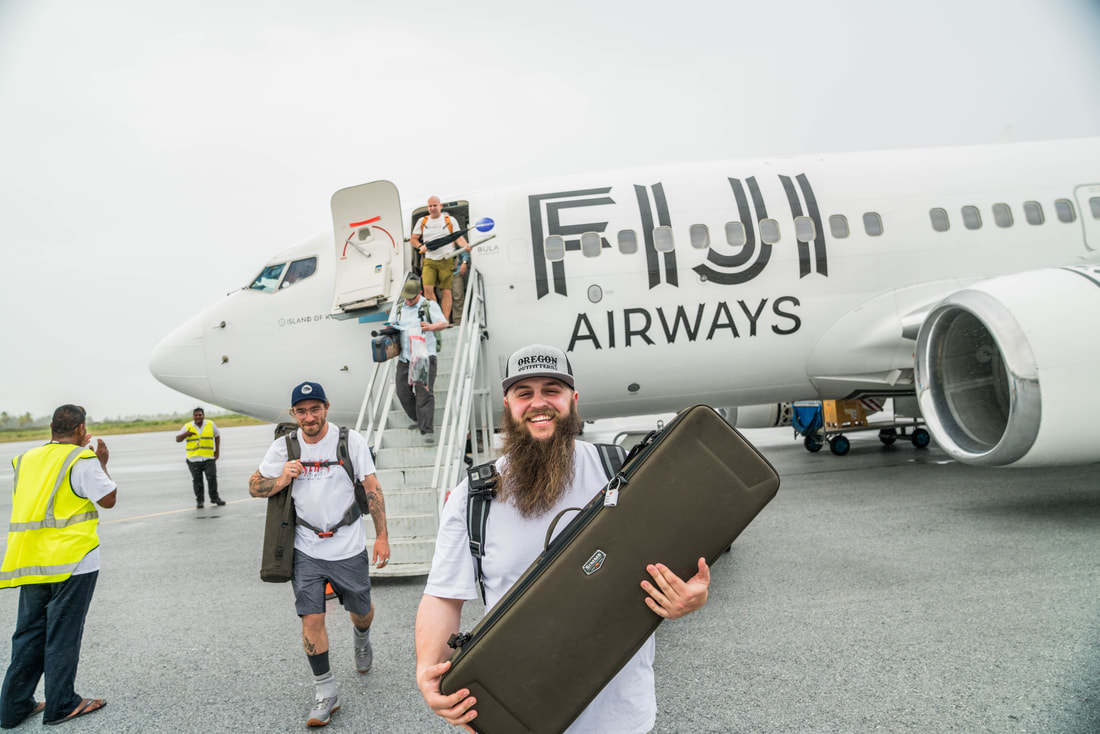
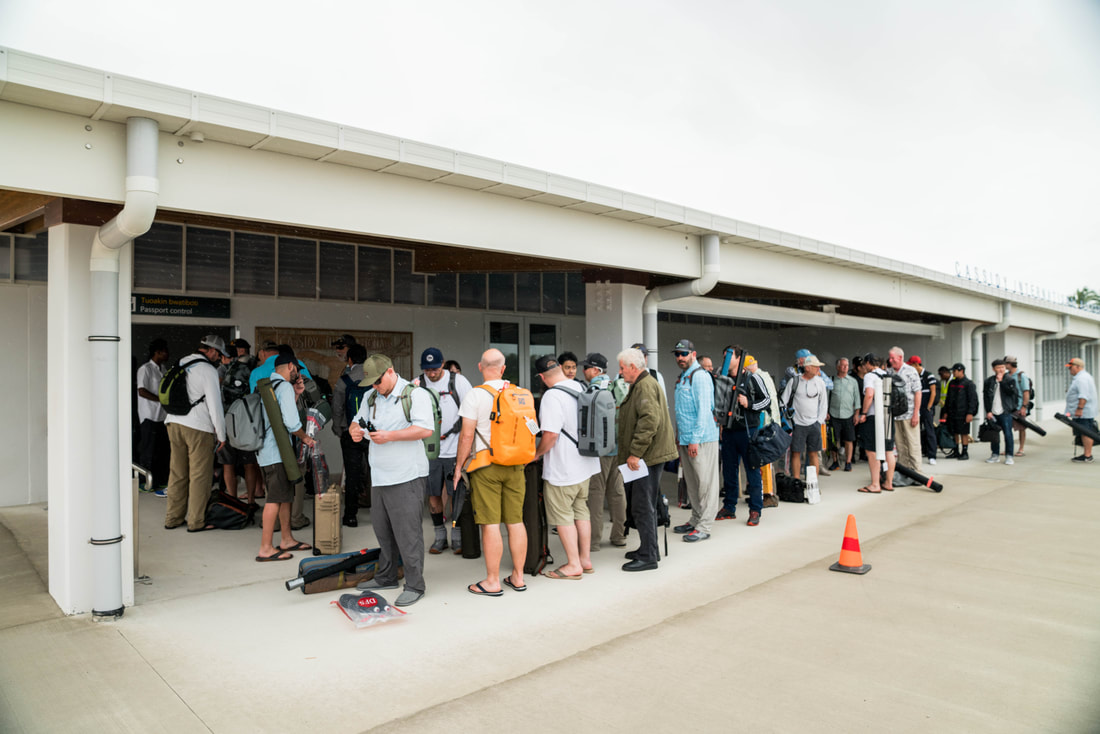
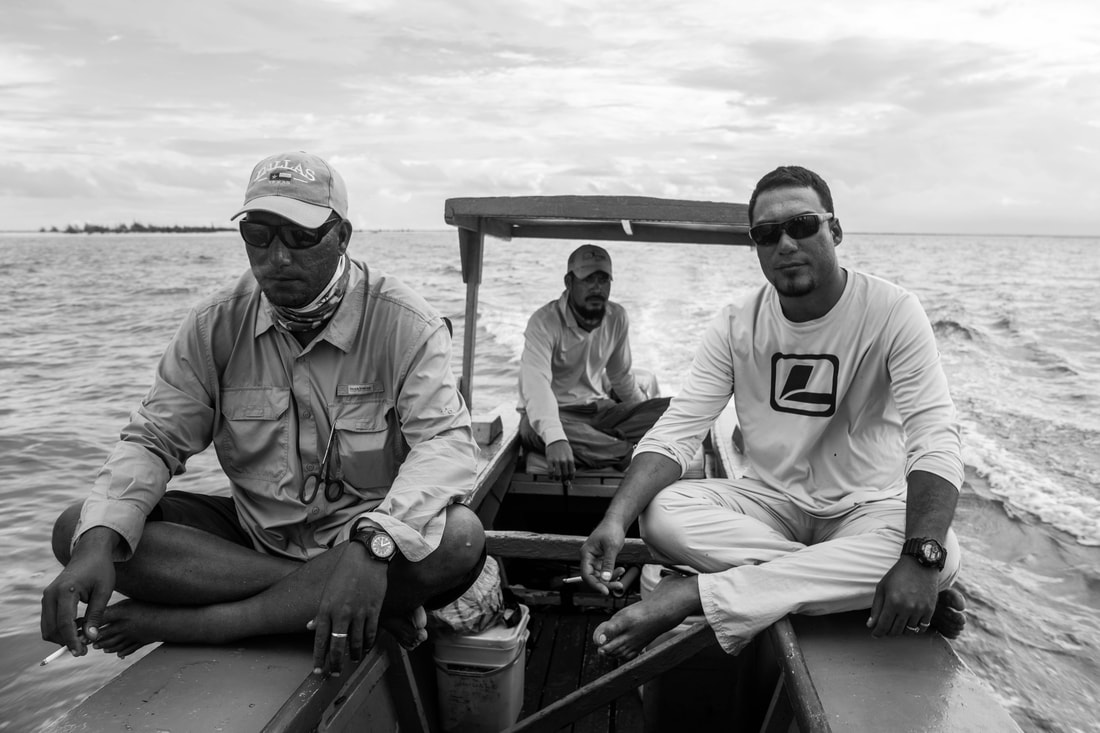
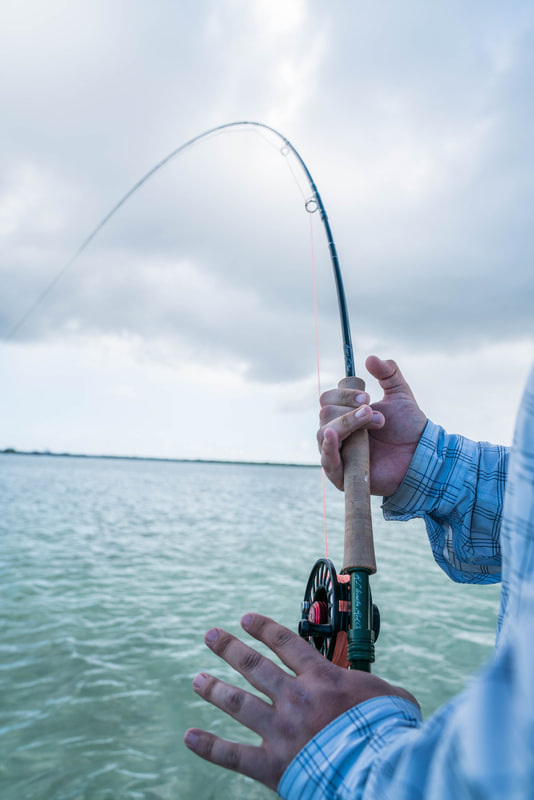
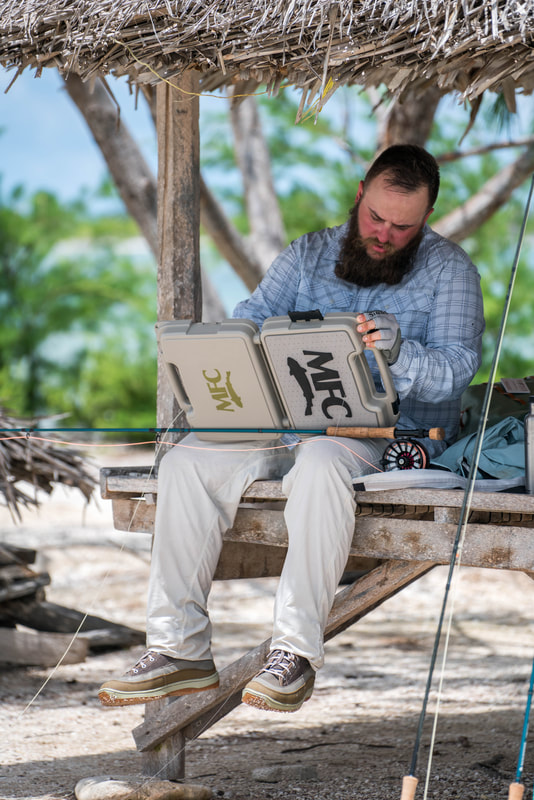
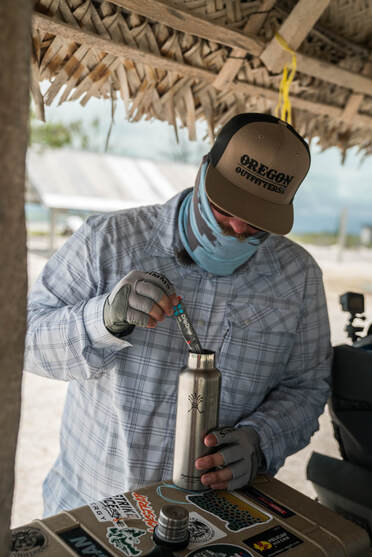
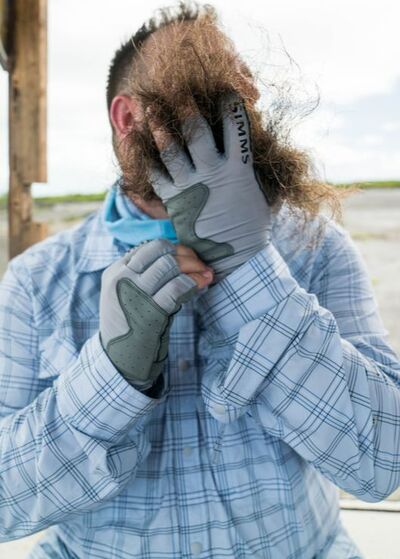
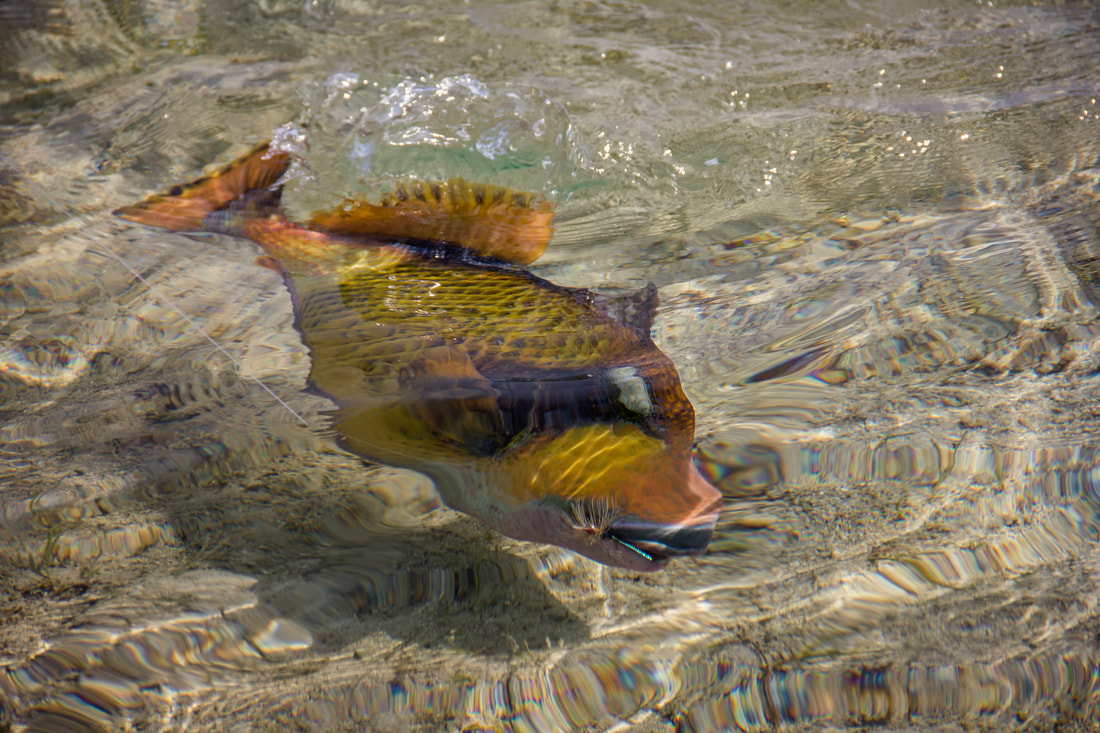
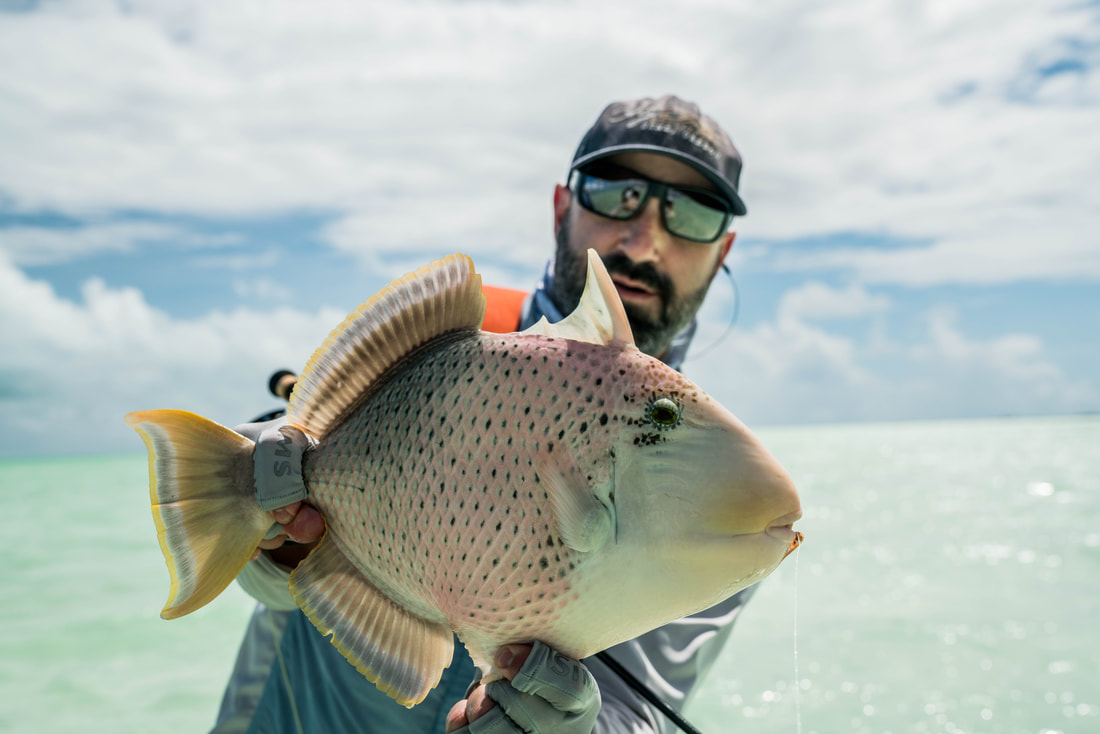
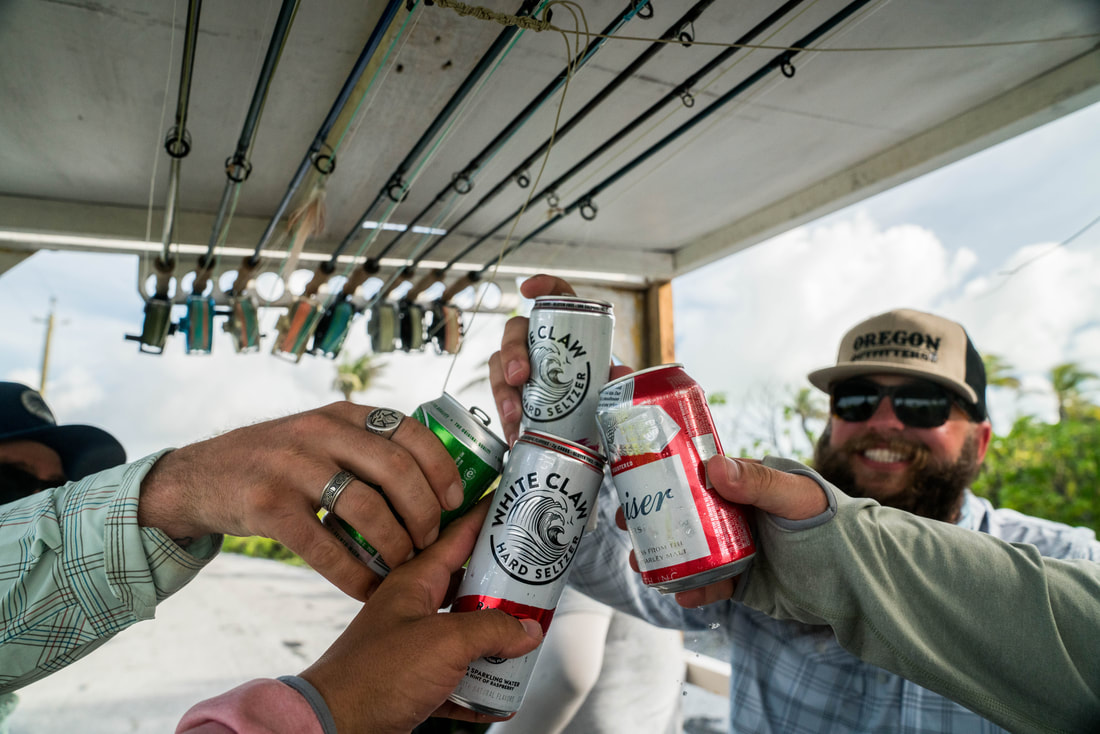
 RSS Feed
RSS Feed